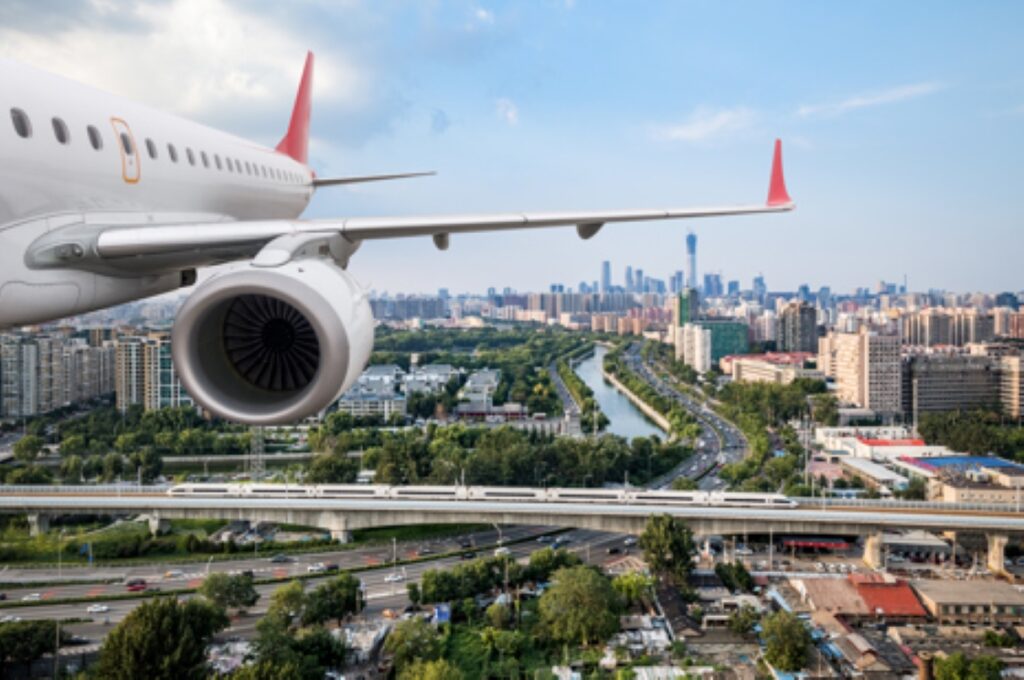The International Air Transport Association (IATA) and the International Civil Aviation Organization (ICAO), together with other relevant organizations, have taken a crucial step in the quest for a more sustainable aviation when submitting the report "Comparative review of transition pathways to zero net CO2 emissions in aviation.".
This report marks the first comprehensive review of 14 roadmaps leaders for the transition to net zero in the aviation sector, noted Aviation 21.
The main objective of the report is to provide a better understanding of the critical differences and similarities between these selected roadmaps. They are compared in terms of scope, key input assumptions, modeled energy demand for aviation, CO2 emissions and potential for emissions reduction through different mitigation strategies.
Among the key findings are the various ways to achieve net zero emissions by 2050, which differ significantly between roadmaps. This depends on the main vision that a roadmap intends to convey about how the technologies and solutions can evolve in the future. decarbonization of aviation.
It is important to note that all the roadmaps assume that the Sustainable Aviation Fuels (SAFs) will play a crucial role in the reduction of CO2 emissions by 2050. However, the wide range of possible contributions from PBS also suggests uncertainty in its global supply, which depends on several factors such as feedstock availability and supportive action by governments and funders.
Improved technology and operational efficiencies are expected to contribute approximately 30% of the emissions reduction by 2050. However, emissions savings from hydrogen and battery-powered aircraft are highly uncertain, depending on the adoption of pro-hydrogen policies and declining fuel prices. renewable energy.
The report also highlights the importance of understanding the baseline emissions modeled in the roadmaps, as this directly affects the amount of CO2 emissions that need to be mitigated by 2050.
In addition, the impact of demand management on emissions reduction is highlighted, where a strong policy can double its impact according to the roadmap. Net Zero 2050 of the International Energy Agency (IEA).
"Our review found that, depending on the main message a roadmap intends to convey, it may project further and faster development on certain transitional measures to help the aviation sector achieve net zero emissions by 2050," IATA says in the document.
The agency emphasized that this report is intended to provide a comprehensive review of the ways of net zero CO2 and help airlines and stakeholders better understand these roadmaps.
He clarified that although there is no universal way to achieve zero net emissions by 2050, this report will serve as a valuable reference point for the aviation community as it navigates toward a more sustainable future.
Source: Aviation 21


